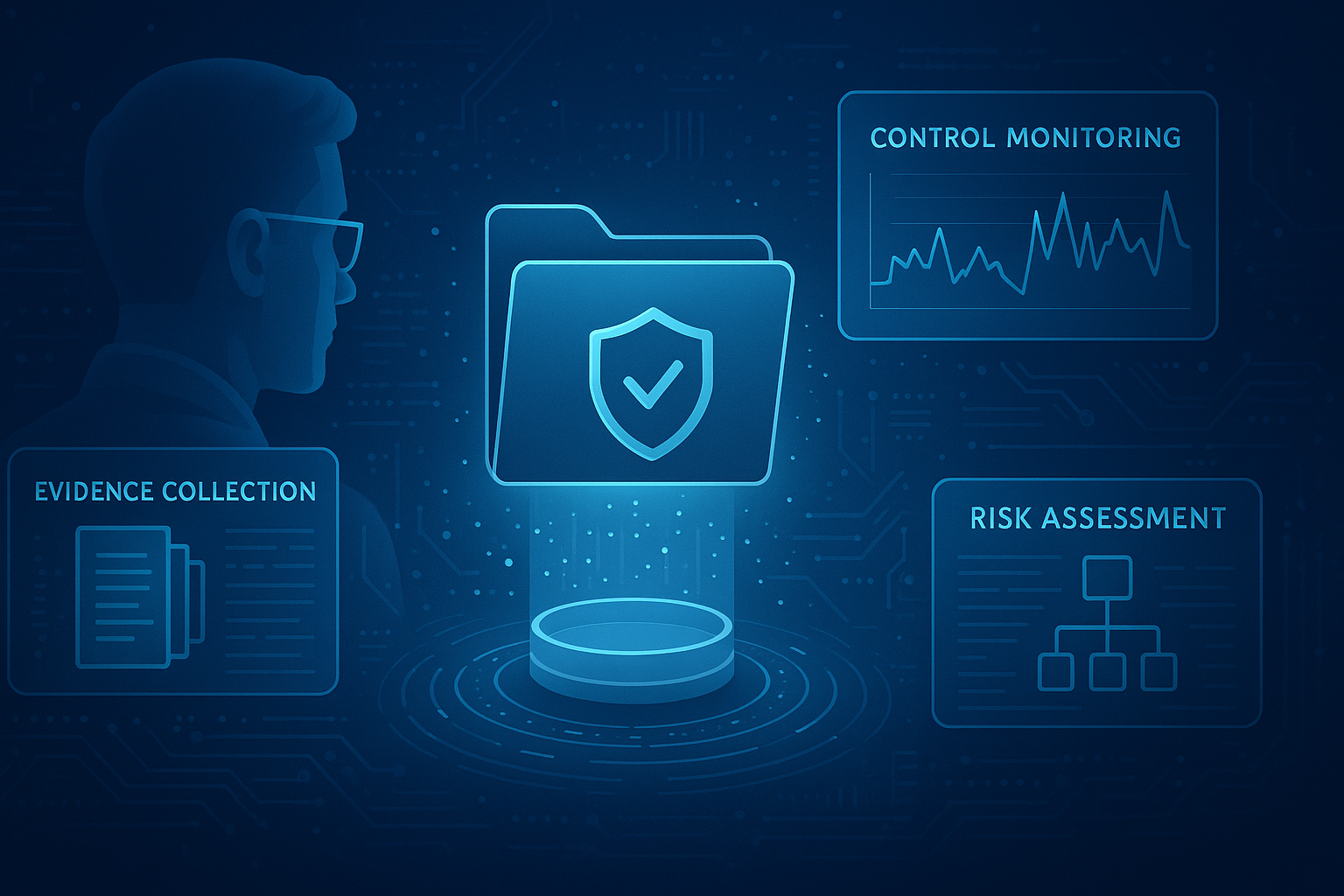The rise of smart devices and changing customer preferences have kicked global digital transformation into full gear. As a result, businesses increasingly uncover opportunities and high-end capabilities for competitive advantage and growth.
However, the increase in digital transformation initiatives across businesses of all sizes uncovers specific vulnerabilities for most organizations. Technology risk is continually increasing with the emergence of new technologies such as cloud, artificial intelligence (AI)/machine learning, the internet of things (IoT), big data, social media, and other operational technologies.
This has made it essential for CISOs and security teams to manage digital transformation risks by augmenting and enhancing IT and cyber risk management functions to support this new paradigm. Let’s move on and see how digital transformation is changing cybersecurity programs.
Increased Cybersecurity and Digital Transformation
The increased adoption of digital transformation has changed cybersecurity as we know it. This is because cyberattacks, data breaches, and other cyber events increase as the threat surface grows. Businesses adopt more digital technologies in various areas of their industry to pursue new business models and enhanced customer experiences.
Most security teams complain that their corporate leaders do not recognize the threat of insecure digital assets on their brand assets. Ponemon’s Digital Transformation and Cyber Risk study indicates that 82% of IT security and C-level executives experienced at least one data breach when implementing new technologies and expanding the supply chain.
This increases the impact of such cyber attacks, resulting in huge costs and a considerable impact on business processes.
This is why the role of the CISO and the risk function at large is given more importance so that they can craft an organization-wide digital cybersecurity strategy that aligns with your company’s goals. They need to communicate effectively to ensure that all the digital assets are secure while enhancing collaboration at both the senior and operational levels.
High Reliance On Third-Party Services
Organizations with enterprises accelerating digital transformation rely on third parties to power these initiatives, such as cloud providers, robotics and process automation, and IoT. The ease with which business units outside of IT can adopt new technologies has increased shadow IT, making assessing the organization’s risk profile exponentially more difficult. While third-party products and services can greatly enhance digital businesses, without a strong third-party risk management program, the new risks can be more difficult than the benefits are worth.
Although third-party collaboration offers various benefits, such as increased speed, high efficiency, and greater agility, several risks surround this collaboration.
One of the biggest challenges is adopting cloud services that increase global data exposure for organizations. In such circumstances, the service providers are used as bait to infiltrate the enterprise’s network and enable the hacker to get sensitive data and other business secrets.
If your business fails to manage these threats and risks, it might face financial loss and even reputational damage. When looking for ways to manage risks in digital transformation, know that it starts with a robust IT security strategy. Your IT security teams need to create a clear policy for vetting all third-party services and analyzing the digital risk of your data handled by these services. Refer to digital risk management frameworks for additional guidance and structure.
In the wake of digital transformation, addressing third-party risks with the same care and diligence as internal risk management practices is essential. In the digital age, businesses are ecosystems, not islands.
Conflicts Between IT Security And C-Suite Executives
With an increase in digital transformation, conflicts between IT security personnel and C-level executives regarding the security of digital assets are growing.
On the one hand, security leaders’ core responsibility is to secure the enterprise. Historically, this role has been seen as a roadblock for leaders who are measured on the company's growth. Growth and innovation take risks. However, as we are seeing the bottleneck of technology adoption across the enterprise weaken, there has been a rise in shadow IT as business units no longer need to go through IT to procure and deploy new technologies.
While CISOs have made great strides in recent years toward becoming business enablers - by leveraging real-time data platforms and presenting risk and compliance data in business contexts, security leaders have been able to shift the narrative of their role from one of slowing progress to an innovation and growth enabler. The new challenge following digital transformation is to scale a risk-aware culture across the entire enterprise to combat the rise of shadow IT and increased technology adoption across other business units.
To make this possible, CISOs and security leaders must align themselves with other business leaders and executives. This means leveraging advanced analytics and risk management capabilities to create compelling narratives that help the other executives understand the importance of secure digital transformation for consumers and the business.
Discover more insights on CISO dashboards and reporting with our guide.
By enhancing the communication between these two groups, the company can connect employee experience and communicate its goals regarding digital transformation.
Preparing for Risk-based Digital Transformation
We know that digital transformation is here for the long run. Organizations need to craft secure digital transformation strategies considering all security implications. They need to support these strategies with resources that eliminate the risks of cyberattacks and data breaches.
Bringing IT personnel and C-level executives together is essential to ensure an efficient and secure digital transformation process. Moreover, they need to realize the level of risk inflicted by an insecure third-party service provider or a cloud service that increases the chances of reputational damage to your organization.
As digital transformation processes are adopted across different industries, you must implement secure digital practices to stay ahead of the crowd. See why security leaders of the Fortune 500 and beyond choose CyberStrong to support their programs following digital transformation and automate cyber risk for the digital age.





.png)
.png)
.png)
%201.png)
.png)




